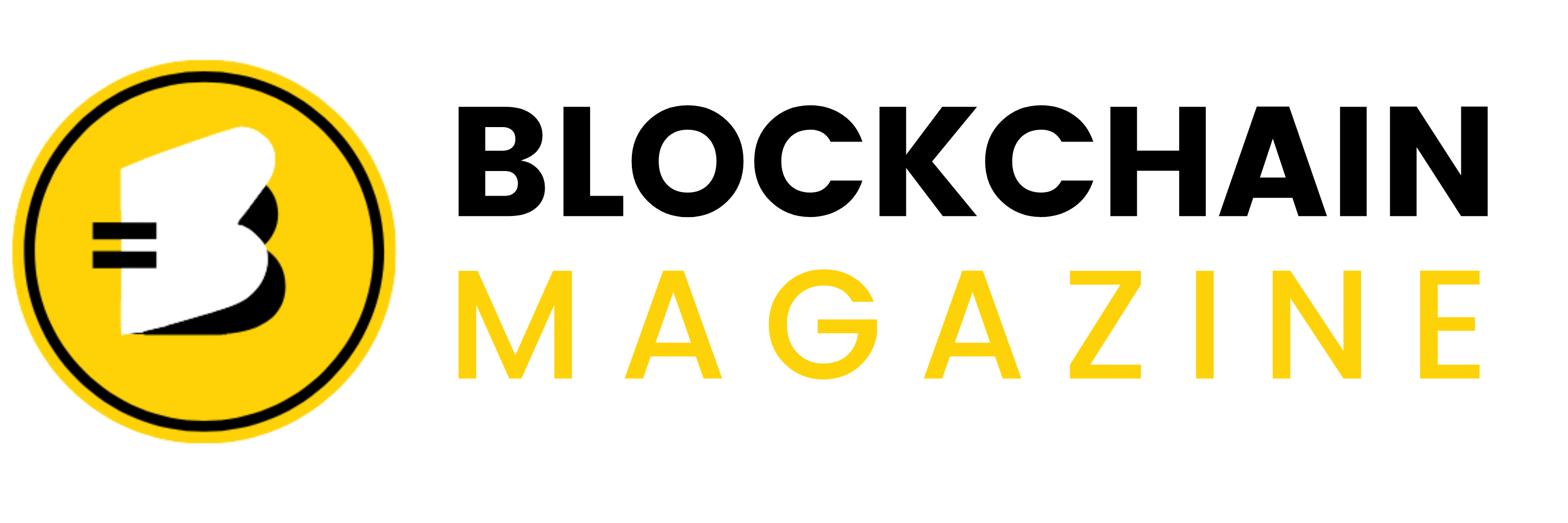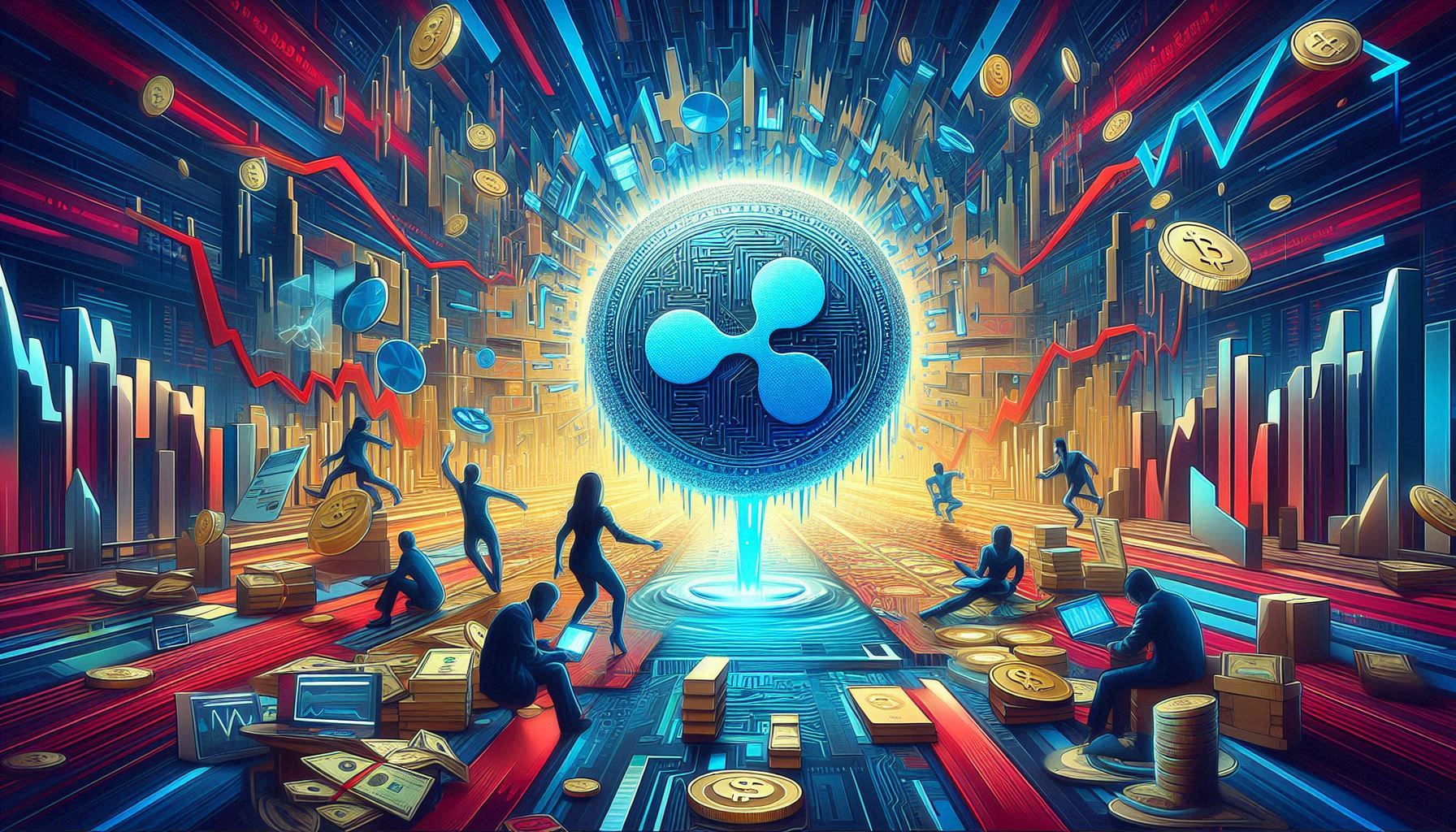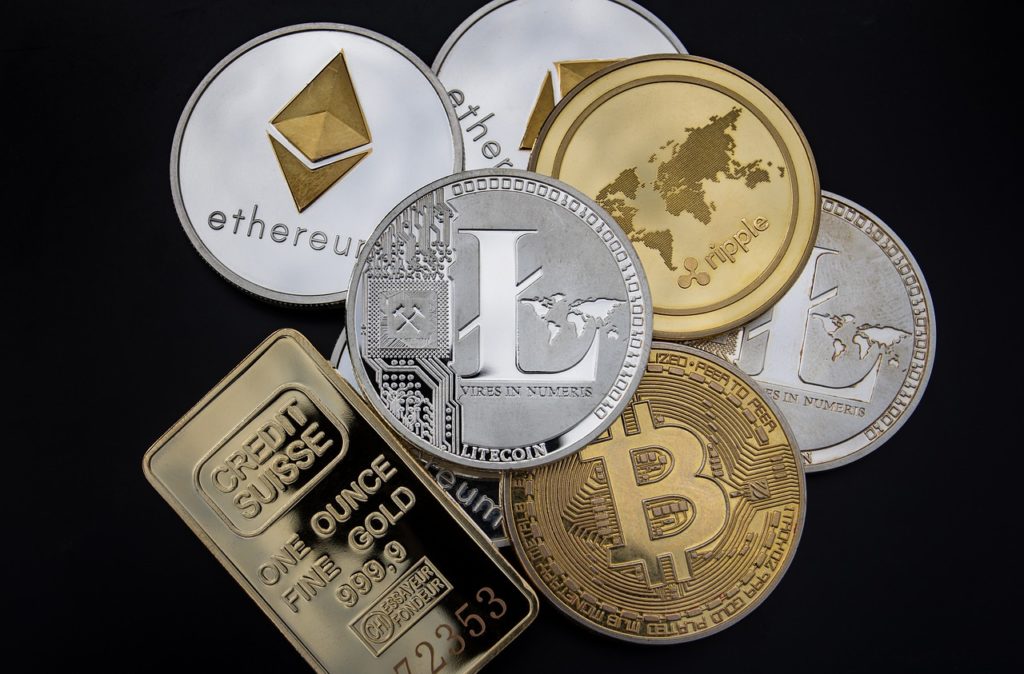XRP Uncovered: How Ripple Is Transforming Global Payments
Ripple’s XRP is shaking up the way money moves across borders. It’s not just another cryptocurrency; it’s a tool that’s changing how banks and financial institutions handle international payments. With its fast transaction times and low costs, XRP is making waves in the financial world. But it’s not all smooth sailing—there are regulatory hurdles and market challenges too. This article dives into how Ripple is navigating these waters and what the future might hold for XRP.
Key Takeaways
- XRP is central to Ripple’s mission of transforming global payments.
- The technology behind XRP aims to speed up and reduce the cost of cross-border transactions.
- Ripple’s partnerships with financial institutions help expand its market reach.
- Regulatory challenges are significant but Ripple is committed to compliance.
- The future of XRP includes potential roles in decentralized finance and central bank digital currencies.
Understanding Ripple’s XRP and Its Role in Global Payments
The Evolution of XRP in the Financial Sector
Ripple’s XRP has come a long way since its inception. Originally created to facilitate quick and affordable cross-border payments, XRP has gradually gained traction in the financial world. It’s not just a cryptocurrency; it’s a bridge currency designed to connect different fiat currencies seamlessly. Over the years, XRP has been adopted by various financial institutions looking to streamline their payment processes and reduce costs. This adoption highlights how XRP’s role has evolved from a niche digital asset to a significant player in the global payments arena.
How XRP Facilitates Cross-Border Transactions
Cross-border transactions have traditionally been plagued by high fees and long processing times. XRP aims to change that by providing a faster and cheaper alternative. By using the XRP Ledger, transactions can be settled in mere seconds, regardless of the geographical distance between the parties involved. This speed is a game-changer for businesses that rely on international payments, allowing them to operate more efficiently. Additionally, the transparency offered by the XRP Ledger ensures that all parties have real-time updates on the status of their transactions, enhancing trust and reliability.
XRP’s Impact on Payment Speed and Cost
When it comes to payment speed and cost, XRP stands out from traditional systems. The ability to settle transactions almost instantly means that businesses can improve their cash flow and reduce the time spent waiting for funds to clear. This is particularly beneficial for small and medium-sized enterprises that often face cash flow challenges. Moreover, the low transaction fees associated with XRP transactions make it an attractive option for those looking to cut down on expenses. In a world where every penny counts, XRP’s cost-effectiveness can significantly impact a company’s bottom line.
Ripple’s XRP is not just about faster transactions; it’s about transforming how money moves across borders. By reducing costs and improving speed, XRP is setting new standards in the financial industry, making global payments more accessible to everyone.
The Technology Behind Ripple’s Payment Solutions
Leveraging Blockchain for Real-Time Settlements
Ripple uses blockchain to change how we think about cross-border payments. With this tech, transactions happen almost instantly. Gone are the days of waiting days for money to move across borders. Instead, Ripple’s system allows for near real-time settlement. This means businesses and individuals can get their money faster, which is a big deal in today’s fast-paced world. It’s like the difference between sending a letter and sending an email.
XRP Ledger: The Backbone of Ripple’s Infrastructure
At the heart of Ripple’s payment solutions is the XRP Ledger. This isn’t just any ledger; it’s a decentralized, open-source system that makes transactions quick and secure. The XRP Ledger is built to handle thousands of transactions per second, which is way more than what traditional systems can do. Plus, it’s efficient, using less energy compared to other blockchain technologies. This makes it not only fast but also environmentally friendly.
Security and Compliance in Ripple’s Ecosystem
Security and compliance are top priorities for Ripple. The company knows that to gain trust, they need to keep transactions safe and meet regulatory standards. Ripple’s system is designed with these things in mind. They work closely with regulators to make sure they’re following the rules everywhere they operate. This compliance-forward approach helps Ripple avoid the pitfalls that other fintech companies might face. By focusing on security and compliance, Ripple ensures that their solutions are not only innovative but also reliable.
Ripple’s commitment to using cutting-edge technology while maintaining high standards of security and compliance sets them apart in the fintech world. Their approach not only streamlines payments but also builds trust with users and regulators alike.
Ripple’s Market Expansion and Strategic Partnerships
Global Reach Through Local Payout Rails
Ripple is making waves in the financial world by establishing local payout rails across more than 80 markets. This strategy allows them to offer pre-negotiated rates for currency conversions, which can be a game-changer for fintech companies looking to expand globally. By integrating a single API, companies can tap into Ripple’s vast network without the hassle of setting up foreign accounts. This approach not only saves time but also cuts costs, making it an attractive option for businesses aiming for international growth.
Collaborations with Financial Institutions
Ripple has been busy forming strategic alliances with financial institutions worldwide. These partnerships are crucial for enhancing the reach and functionality of Ripple’s payment solutions. For instance, Ripple has partnered with Revolut and Zero Hash to boost the trading capabilities of its RLUSD token in various markets. Such collaborations help Ripple strengthen its position in the financial sector, offering innovative solutions that meet the evolving needs of global commerce.
The Role of XRP in Central Bank Digital Currencies
XRP is not just a digital asset but a key player in the development of Central Bank Digital Currencies (CBDCs). Many central banks are exploring the potential of digital currencies, and XRP’s fast, cost-effective transactions make it an ideal candidate for these initiatives. Ripple’s involvement in CBDCs could pave the way for broader adoption of digital currencies, potentially transforming how money is exchanged on a global scale.
Ripple’s commitment to expanding its market presence and forging strategic partnerships highlights its dedication to revolutionizing the way financial transactions are conducted worldwide. By leveraging cutting-edge technology and collaborating with key players in the industry, Ripple aims to create a more inclusive and efficient financial ecosystem.
Regulatory Challenges and Compliance Strategies for Ripple
Navigating the Complex Regulatory Landscape
Ripple, like many in the crypto world, is currently facing significant legal challenges. A big one is the SEC lawsuit, which is a major point in its regulatory journey. This ongoing legal battle highlights the uncertainty in the crypto space due to the lack of clear guidelines. This isn’t just affecting XRP; it has implications for the whole market and its stakeholders.
- The lawsuit questions whether XRP should be classified as a security.
- This case could set a precedent for how other cryptocurrencies are regulated.
- The outcome might influence how investors view crypto assets.
Ripple’s Approach to Compliance and Security
Ripple’s strategy is to be compliance-forward, which means they work closely with regulators and policymakers worldwide. This approach helps them design solutions that are secure and meet global regulatory standards. They know that the rules vary by location, and they adjust their products and services accordingly.
Ripple’s commitment to compliance reflects their experience in handling cross-border payments and maintaining robust network partnerships.
Impact of Regulations on XRP’s Adoption
Regulations can be a double-edged sword for XRP adoption. On one hand, clear regulations can provide a framework that encourages institutional investment. On the other, overly strict rules might stifle innovation and limit market growth.
- Regulations can enhance trust among traditional financial institutions.
- They can also attract more users by providing a sense of security.
- However, they might slow down the pace of innovation if too restrictive.
Ripple’s journey through these regulatory challenges is shaping the future not just for XRP, but potentially for the entire cryptocurrency landscape. They’re working hard to ensure that they not only comply but also thrive in this ever-evolving environment.
The Future of XRP in the Global Financial System
XRP’s Potential in Decentralized Finance
XRP is stepping into the decentralized finance (DeFi) world, offering solutions that could change how we think about finance. Its unique consensus mechanism allows for quick transactions without the need for a central authority, making it a strong contender in DeFi platforms. Many developers are already exploring how to integrate XRP into their DeFi projects, which could lead to new ways of lending, borrowing, and trading assets. The integration of XRP into the US banking system could address significant challenges in the global financial sector, enhancing efficiency and streamlining transactions.
Innovations in Payment Systems with XRP
Ripple is always pushing boundaries with XRP. They’re not just about cross-border payments anymore. They’re looking at how XRP can be used in everyday transactions, like buying a coffee or paying rent. This means faster payments, lower fees, and more convenience. Imagine a world where sending money is as easy as sending a text, and XRP is at the heart of this change.
- Fast transaction speeds
- Low transaction costs
- Increased accessibility
The Road Ahead for Ripple and XRP
Ripple’s journey with XRP is just beginning. With ongoing partnerships and technological advancements, the company is poised to expand its influence in the financial world. They’re working on making XRP more accessible and user-friendly, which could lead to broader adoption.
The future of XRP is bright, with potential to reshape how we handle money globally. As more people and institutions start using XRP, we could see a shift towards a more inclusive and efficient financial system.
Ripple’s Competitive Edge in the Fintech Industry
Advantages Over Traditional Payment Systems
Ripple has carved out a unique spot in the fintech world by tackling some of the biggest issues in traditional banking. One major advantage is its ability to process transactions quickly and at a lower cost. While banks can take days to settle international payments, Ripple’s technology allows for near-instantaneous transactions. This speed is crucial in today’s fast-paced global economy where time is money. Plus, Ripple’s system is transparent, offering real-time updates on payment status which is a big plus for businesses and consumers alike.
Ripple’s Vision for a Borderless Financial World
Ripple is on a mission to create a financial system without borders. By using blockchain technology, Ripple aims to make cross-border transactions as seamless as sending an email. This vision includes providing 24/7 access to payment processing, even on holidays and weekends, which is a game-changer compared to the typical 9-to-5 banking hours. Additionally, Ripple’s infrastructure supports a wide range of currencies, making it easier for businesses to expand globally without the hassle of setting up multiple bank accounts.
How Ripple Supports Fintech Growth
Ripple is not just about transforming payments; it’s also about empowering other fintech companies. By offering a single API integration, Ripple reduces the time and resources needed for fintechs to enter new markets. This means companies can focus more on innovation and less on logistical challenges. Furthermore, Ripple’s technology helps unlock capital trapped in pre-funded accounts, freeing up resources that fintechs can use to grow their business. This support is vital as fintechs continue to capture market share from traditional financial institutions.
The Ripple Effect: Transforming Global Finance with XRP
XRP stands out as a bridge currency, facilitating seamless transactions between different fiat currencies across the globe. This functionality is crucial in reducing the friction and inefficiencies traditionally associated with cross-border payments. By acting as a neutral asset, XRP eliminates the need for pre-funded accounts, allowing for more fluid capital movement and reducing the costs tied to currency exchange.
RippleNet’s Role in Financial Inclusion
RippleNet, Ripple’s global payment network, is breaking down barriers in the financial world. It connects banks, payment providers, and digital asset exchanges, creating a more inclusive financial ecosystem. This network is particularly beneficial for regions with limited banking infrastructure, providing them with access to the global financial system. RippleNet’s reach ensures that even the underbanked can participate in global commerce, fostering economic growth in underserved areas.
XRP’s Contribution to Liquidity Solutions
Liquidity is the lifeblood of financial markets, and XRP plays a significant role in enhancing it. By providing on-demand liquidity, XRP helps financial institutions manage their capital more efficiently. This is particularly important for smaller banks and payment providers that may not have the resources to maintain large reserves in multiple currencies. With XRP, these institutions can access liquidity as needed, improving their operational efficiency and allowing them to offer more competitive services.
Conclusion
So, there you have it. Ripple and its XRP are shaking things up in the world of global payments. By tackling issues like high fees and slow transaction times, Ripple is making cross-border payments more accessible and efficient. With its focus on compliance and real-time updates, it’s clear Ripple is aiming to set a new standard in the industry. As more fintech companies and financial institutions jump on board, the future looks promising for Ripple and its innovative solutions. Whether you’re a business looking to expand globally or just someone curious about the future of finance, Ripple’s journey is definitely worth keeping an eye on.
Frequently Asked Questions
What is Ripple’s XRP used for?
Ripple’s XRP is mainly used to make cross-border payments faster and cheaper by acting as a bridge currency between different national currencies.
How does XRP improve payment speed?
XRP helps speed up payments by settling transactions in just a few seconds, which is much quicker than traditional banking systems.
Is Ripple’s payment solution available all the time?
Yes, Ripple’s payment solution works 24/7, even on weekends and holidays, unlike regular banks that close outside business hours.
How does Ripple ensure security in its transactions?
Ripple uses advanced technology and works with regulators to make sure its system is safe and follows the rules.
What are the benefits of using Ripple over traditional payment methods?
Ripple offers lower costs, faster transactions, and better transparency compared to traditional payment methods.
Can XRP be used in Central Bank Digital Currencies (CBDCs)?
Yes, XRP has the potential to be used in Central Bank Digital Currencies to improve global financial systems.
Stay informed with daily updates from Blockchain Magazine on Google News. Click here to follow us and mark as favorite: [Blockchain Magazine on Google News].
Get Blockchain Insights In Inbox
Stay ahead of the curve with expert analysis and market updates.
latest from tech
Disclaimer: Any post shared by a third-party agency are sponsored and Blockchain Magazine has no views on any such posts. The views and opinions expressed in this post are those of the clients and do not necessarily reflect the official policy or position of Blockchain Magazine. The information provided in this post is for informational purposes only and should not be considered as financial, investment, or professional advice. Blockchain Magazine does not endorse or promote any specific products, services, or companies mentioned in this posts. Readers are encouraged to conduct their own research and consult with a qualified professional before making any financial decisions. The featured image used is just a creative depiction of the title and it does not intend to hurt sentiments of any person or institution. If it hurts anyone sentiments, please do not hesitate to reach out to Blockchain Magazine.

 Bitcoin
Bitcoin  Ethereum
Ethereum  XRP
XRP  Tether
Tether  Solana
Solana  USDC
USDC  Dogecoin
Dogecoin  Cardano
Cardano  Lido Staked Ether
Lido Staked Ether  TRON
TRON  Wrapped Bitcoin
Wrapped Bitcoin  Wrapped stETH
Wrapped stETH  Chainlink
Chainlink  Avalanche
Avalanche  Sui
Sui  Stellar
Stellar  Litecoin
Litecoin  Toncoin
Toncoin  Shiba Inu
Shiba Inu  Hedera
Hedera  LEO Token
LEO Token  USDS
USDS  Hyperliquid
Hyperliquid  Polkadot
Polkadot  WETH
WETH  MANTRA
MANTRA  Bitcoin Cash
Bitcoin Cash  Bitget Token
Bitget Token  Ethena USDe
Ethena USDe  Wrapped eETH
Wrapped eETH  Uniswap
Uniswap  Monero
Monero  NEAR Protocol
NEAR Protocol  Pepe
Pepe  WhiteBIT Coin
WhiteBIT Coin  Ondo
Ondo  Aave
Aave  Bittensor
Bittensor  Aptos
Aptos  Internet Computer
Internet Computer  Dai
Dai  Official Trump
Official Trump  Mantle
Mantle  Ethereum Classic
Ethereum Classic  OKB
OKB  Tokenize Xchange
Tokenize Xchange  Gate
Gate  sUSDS
sUSDS  Sonic (prev. FTM)
Sonic (prev. FTM) 




